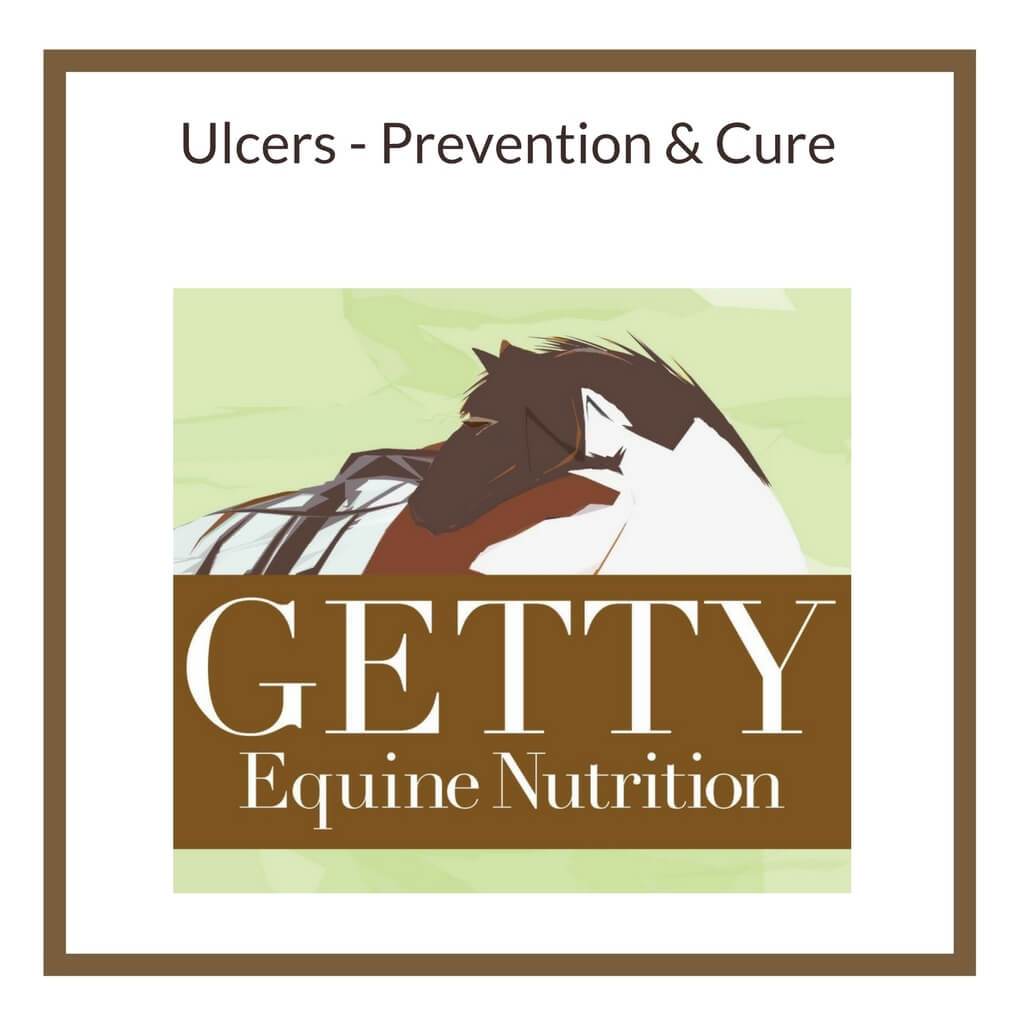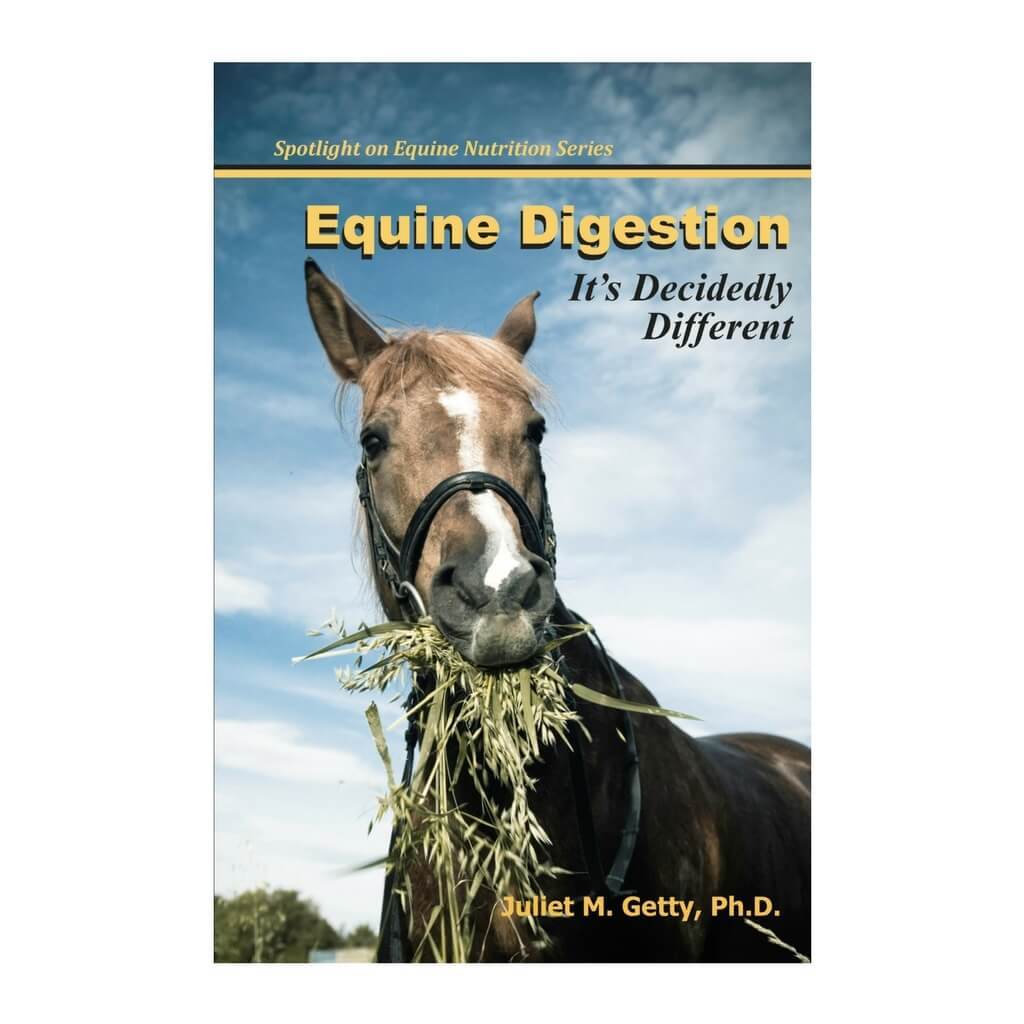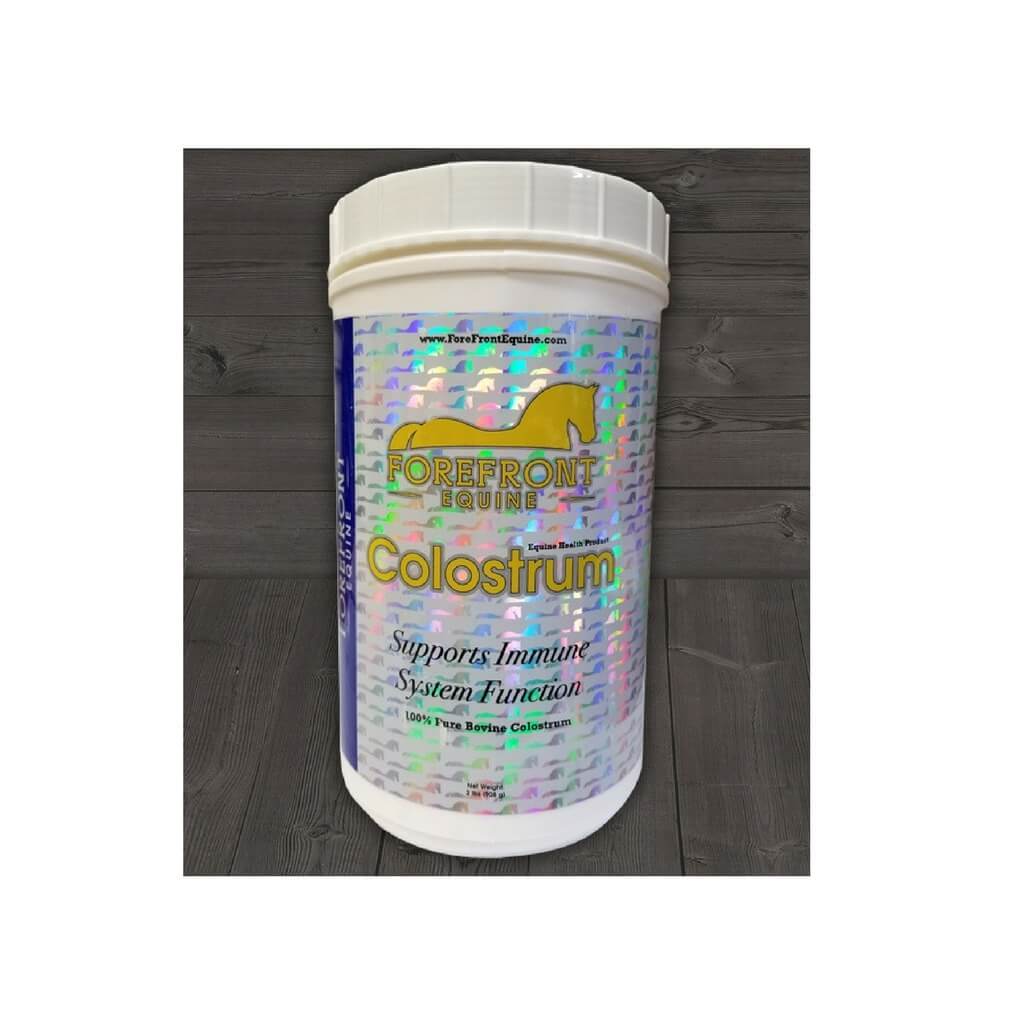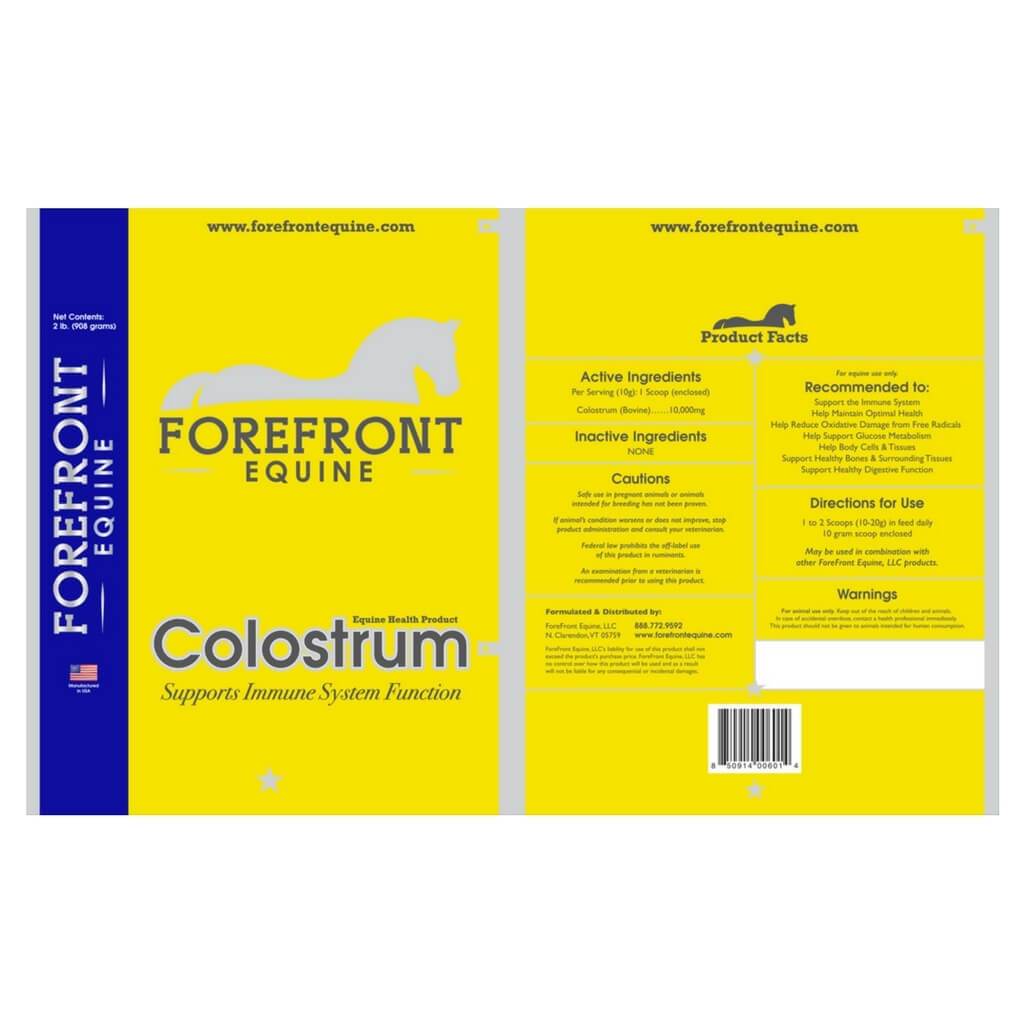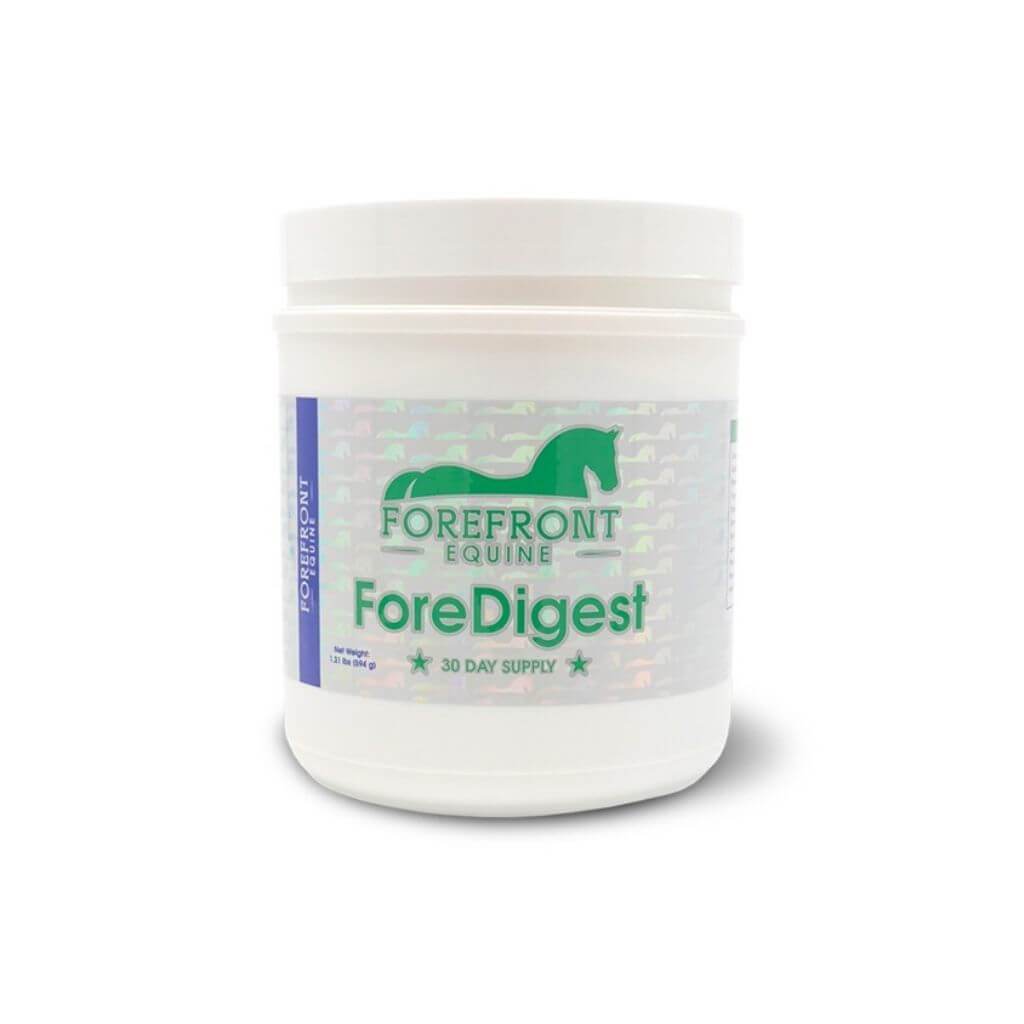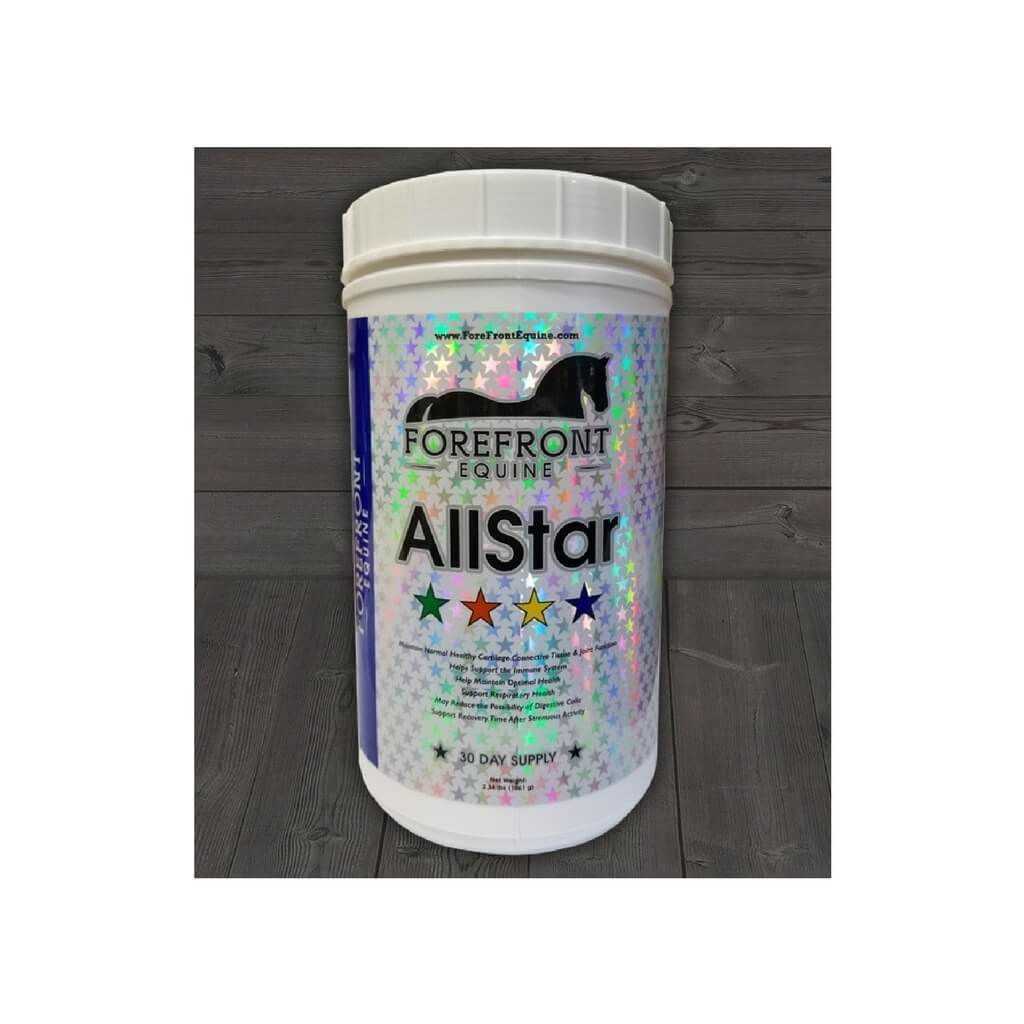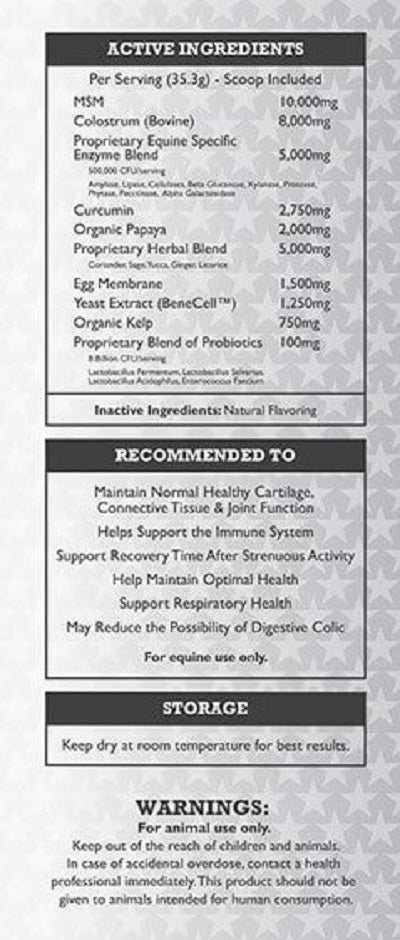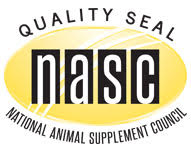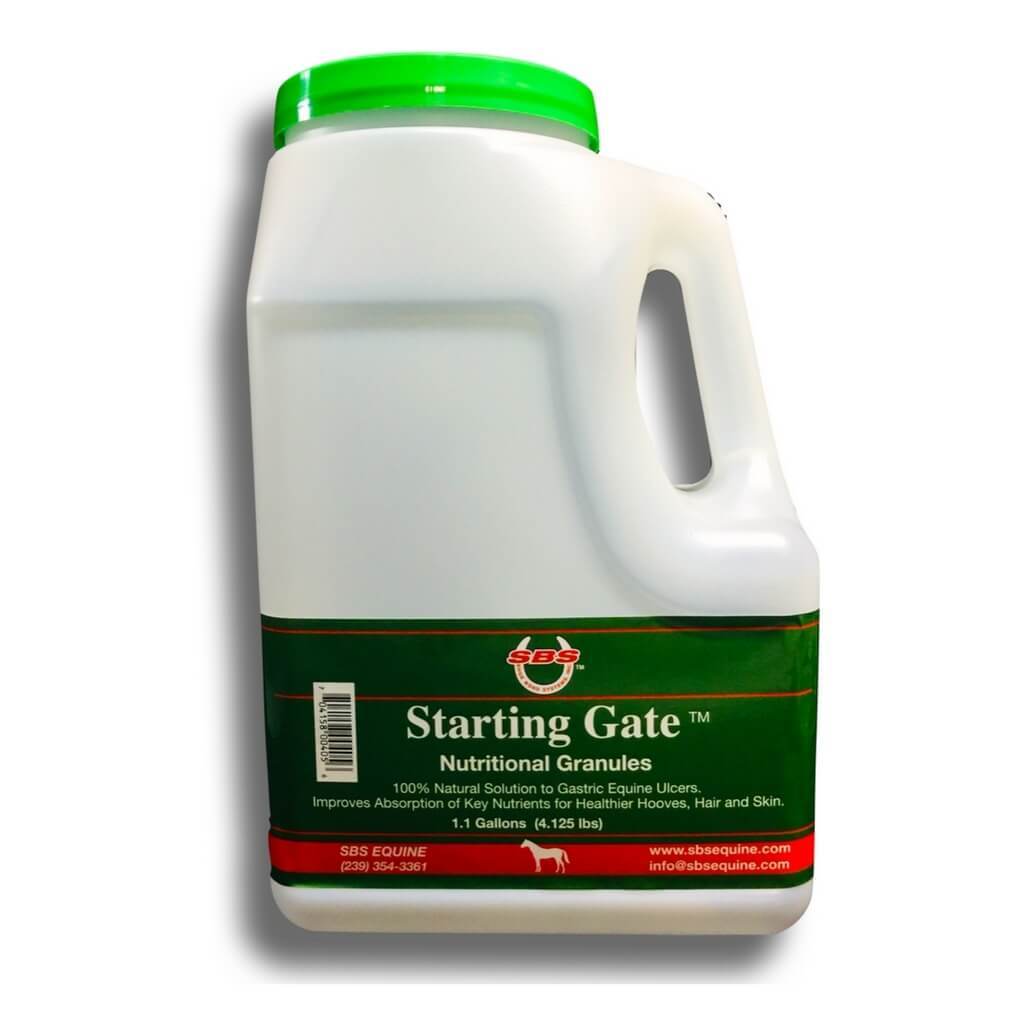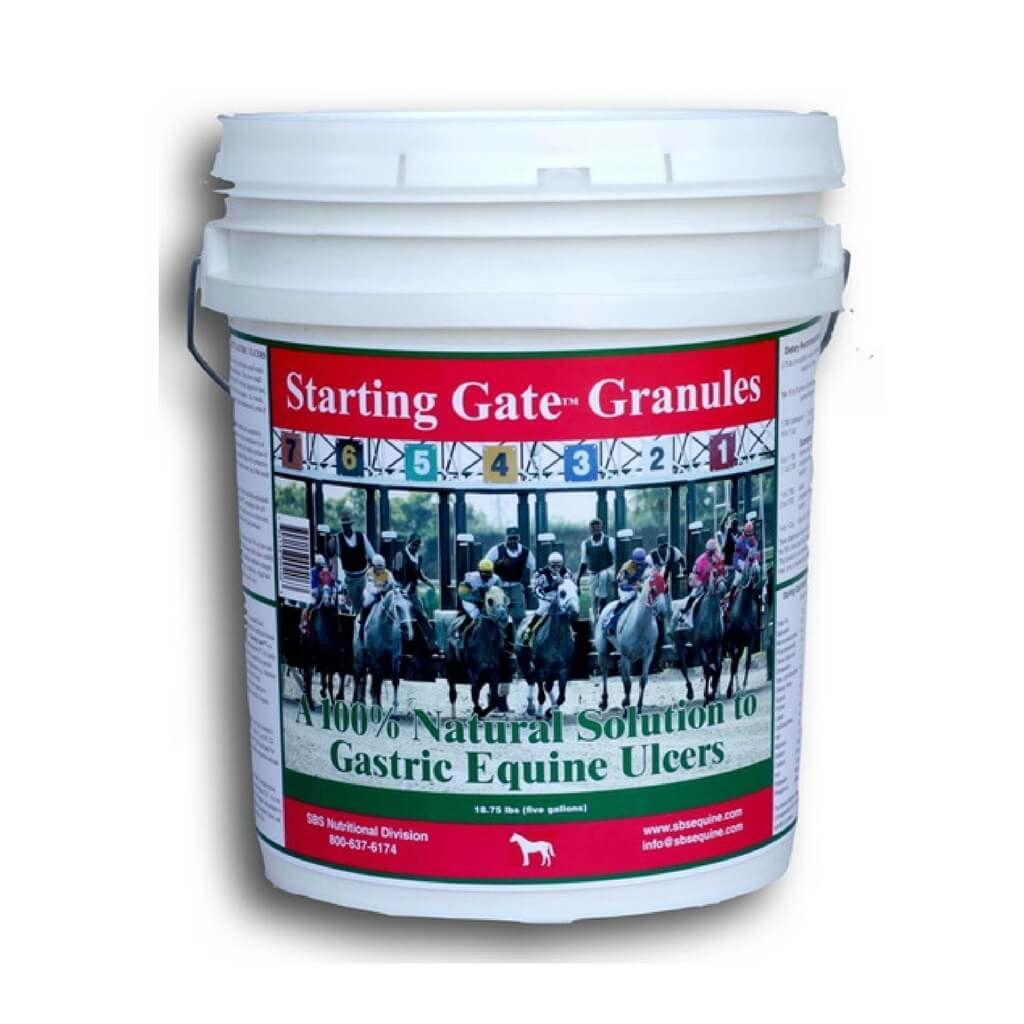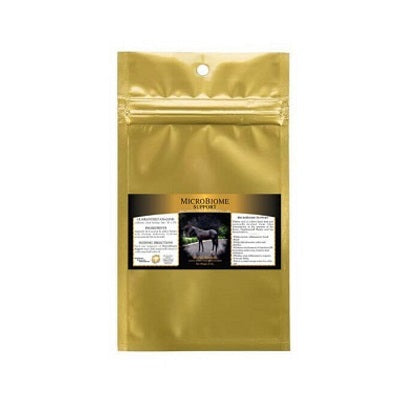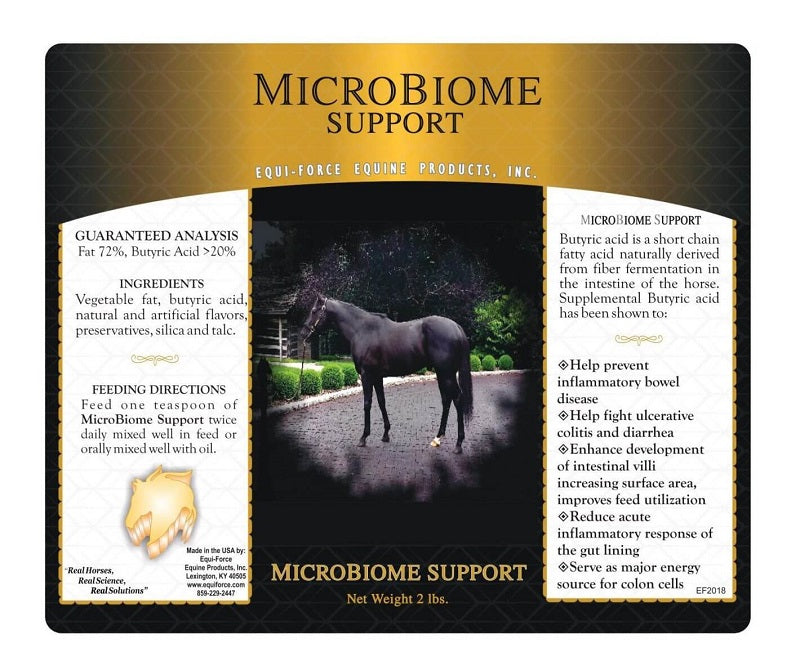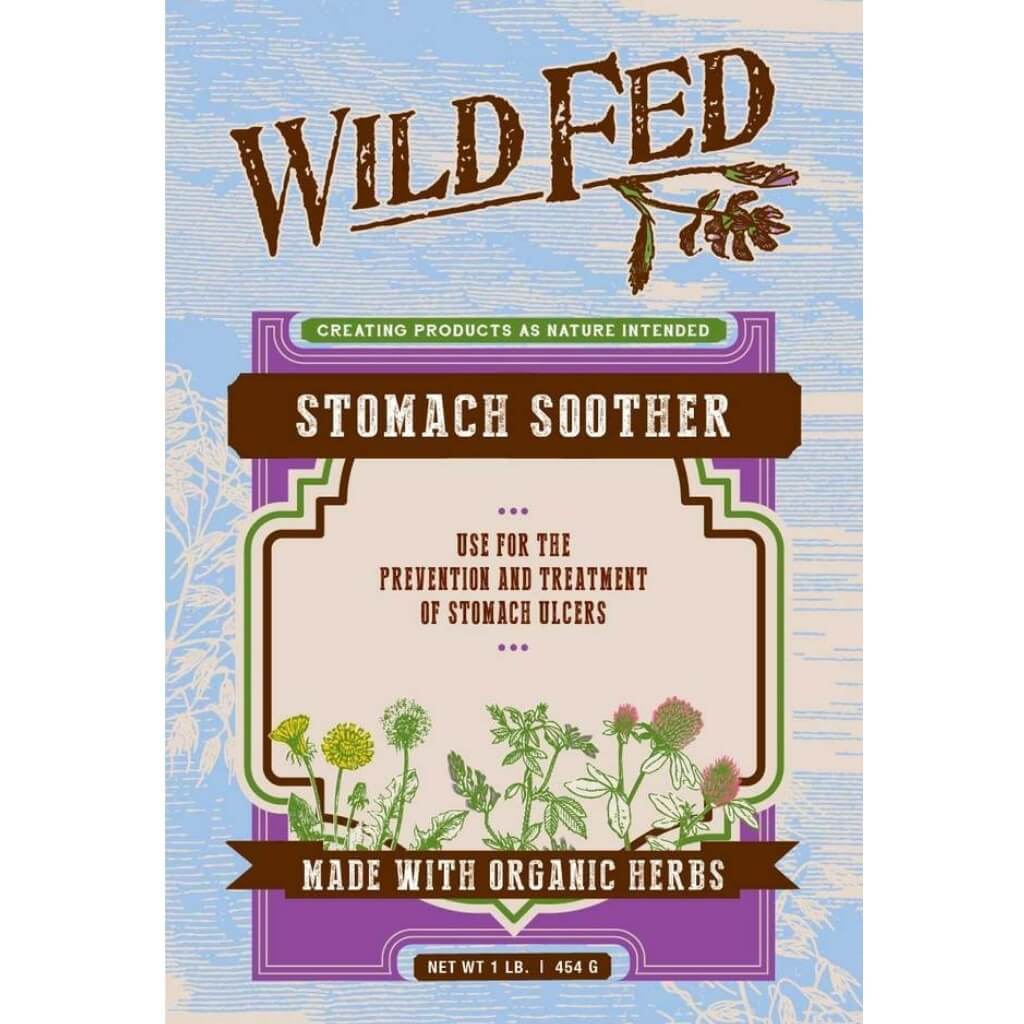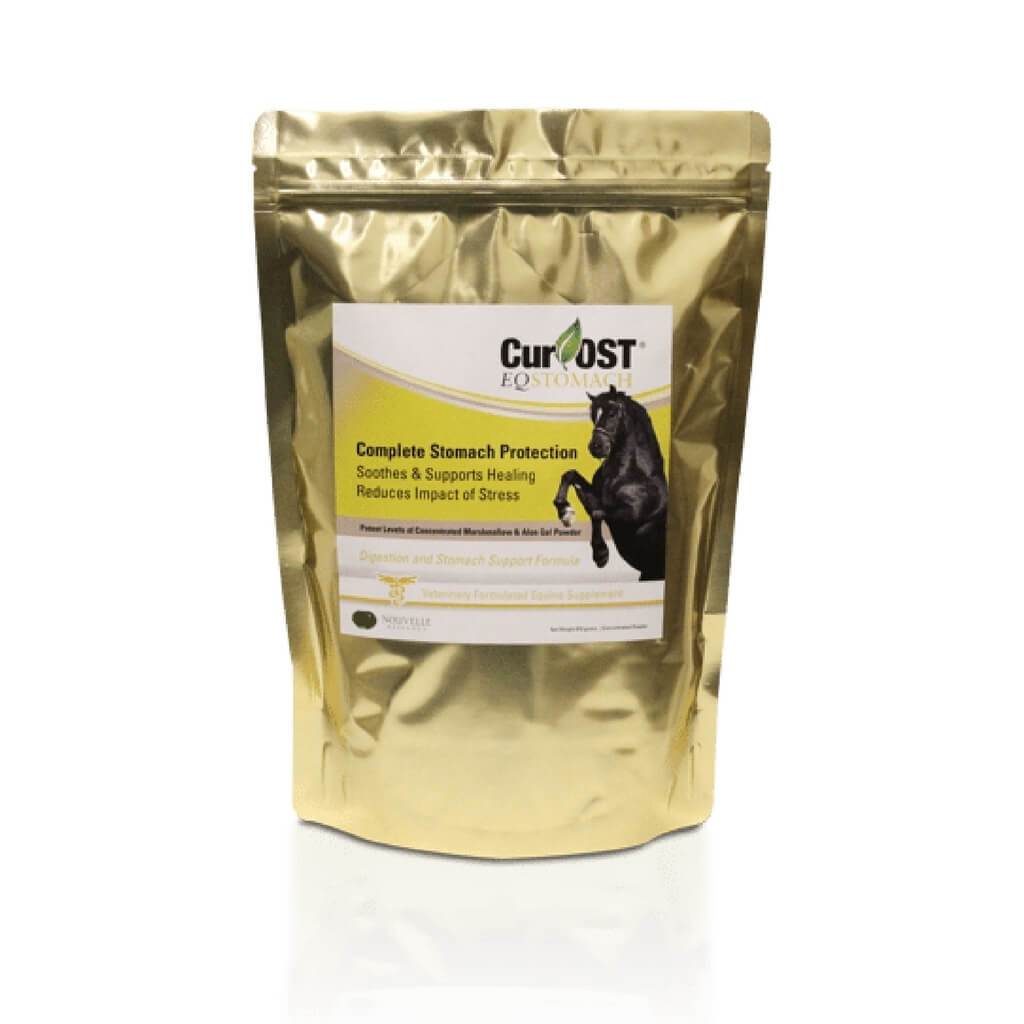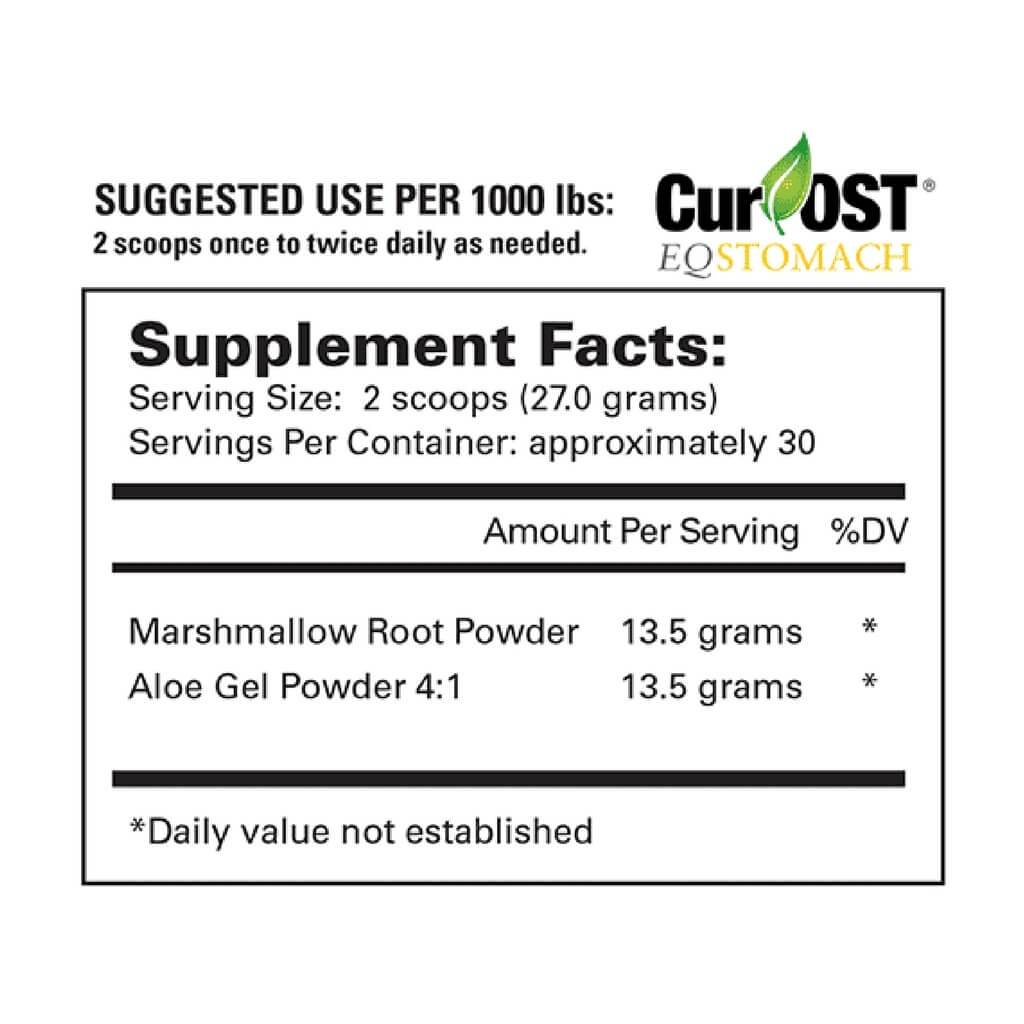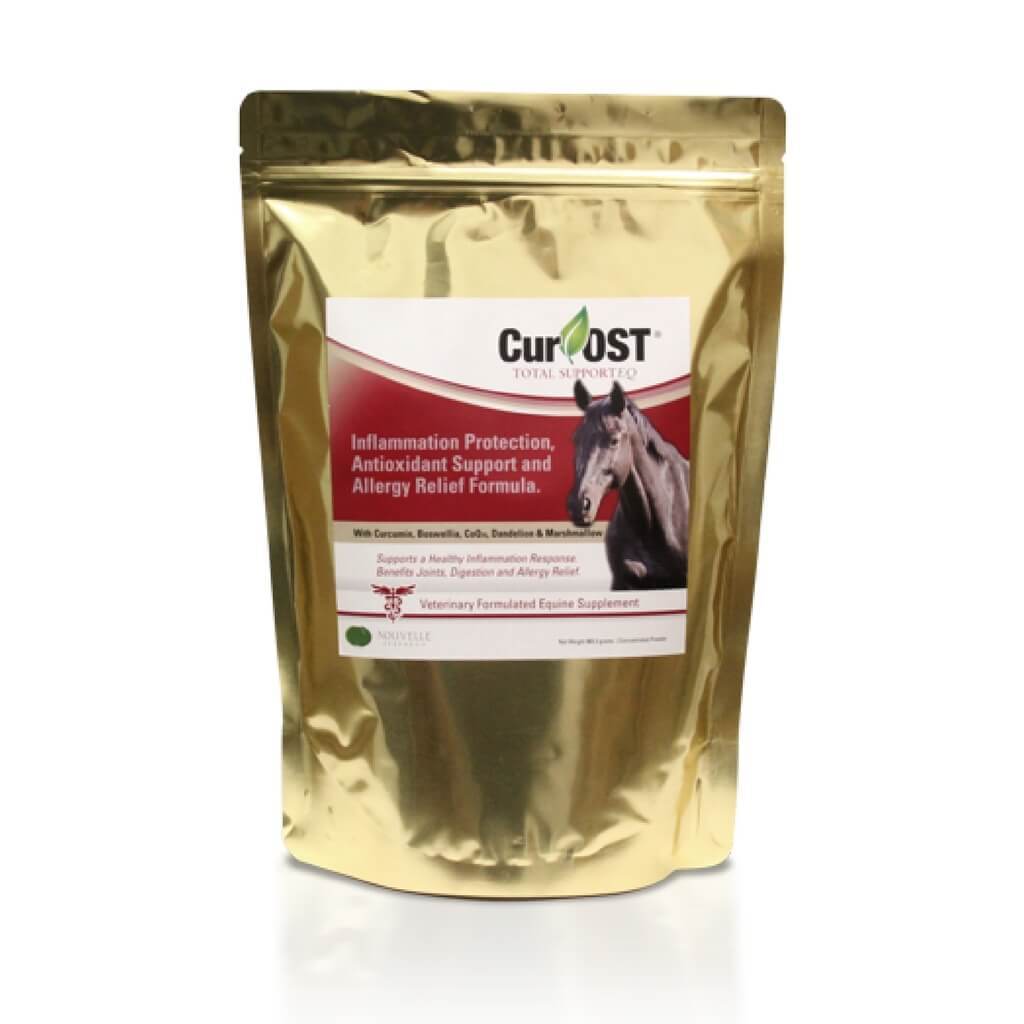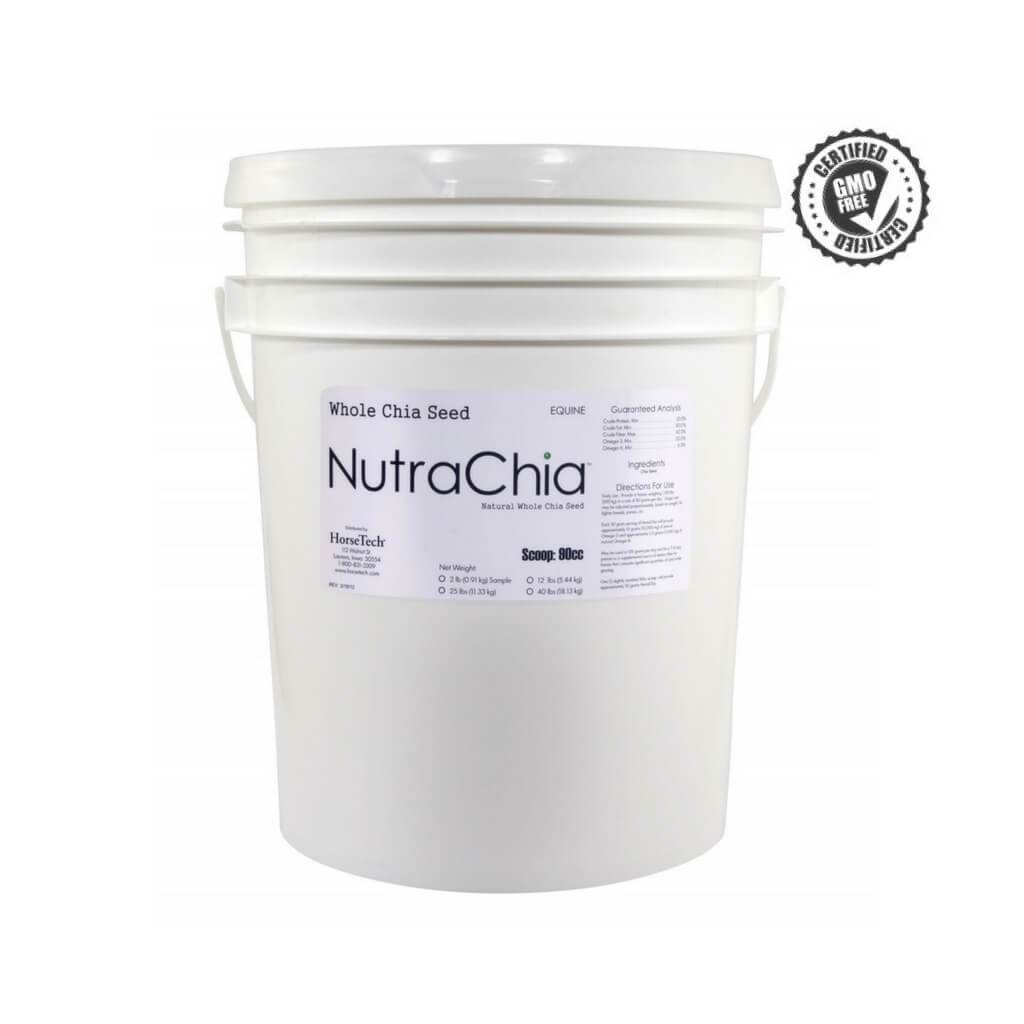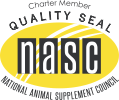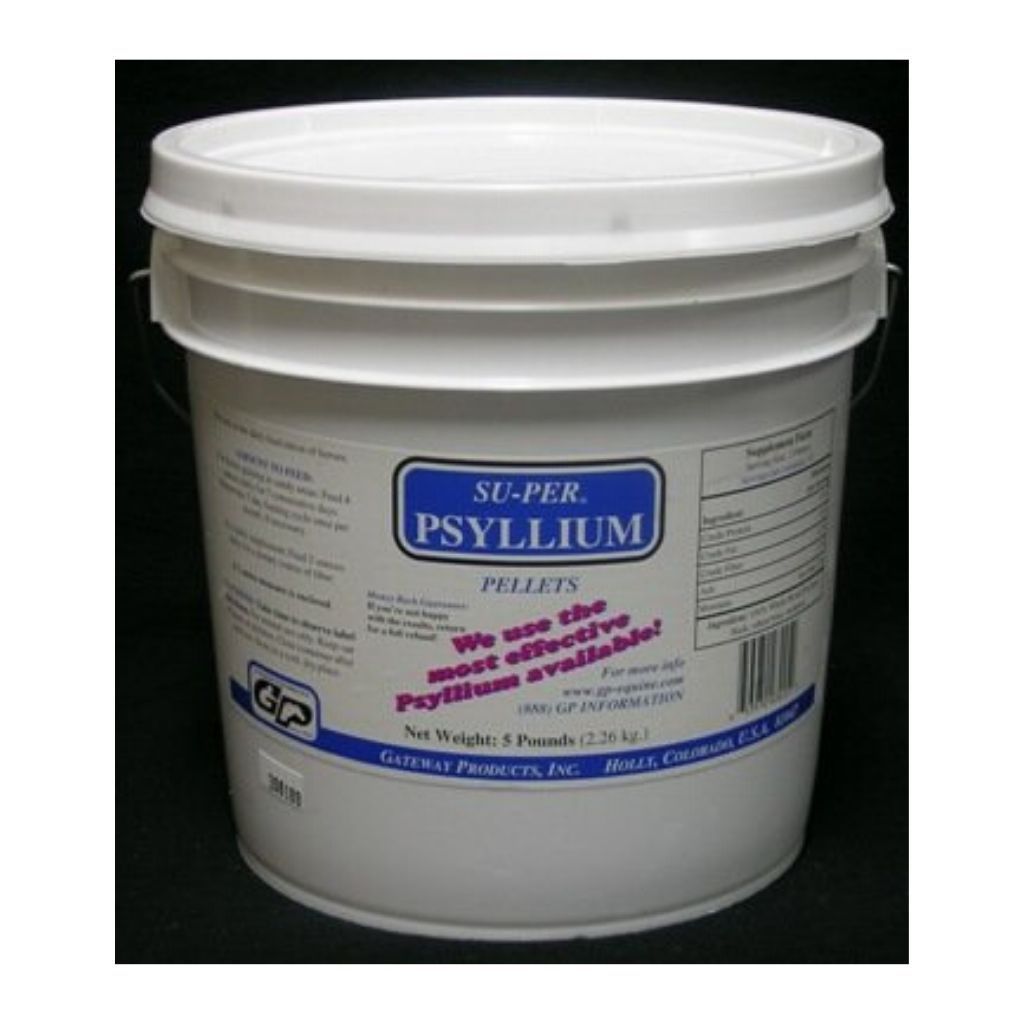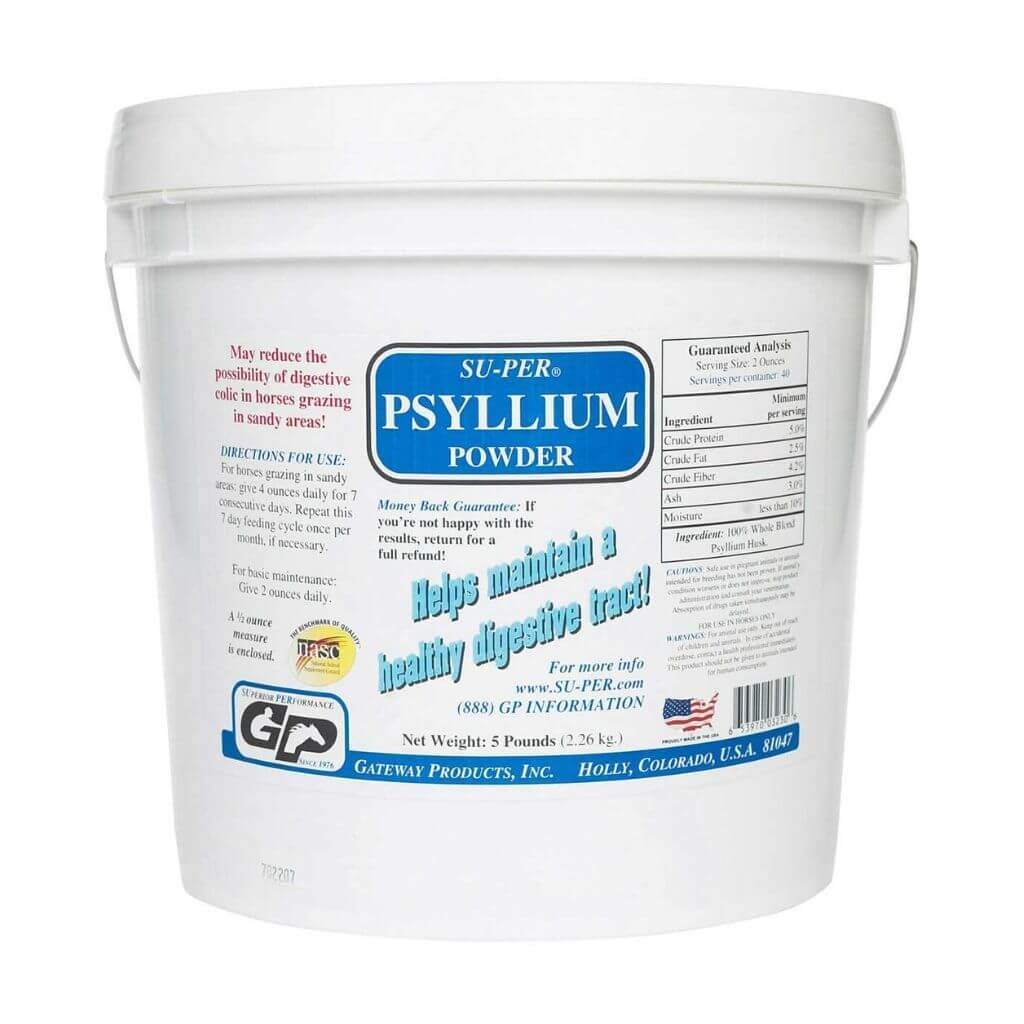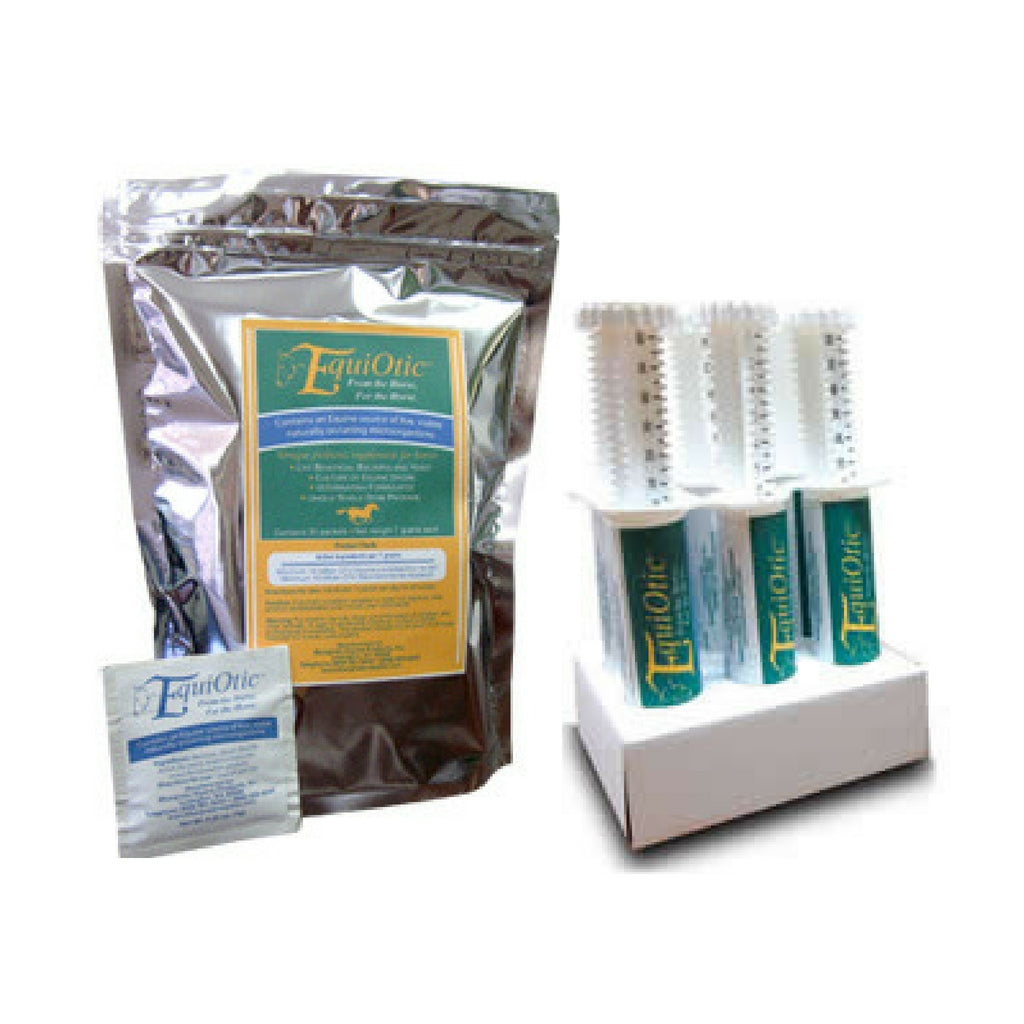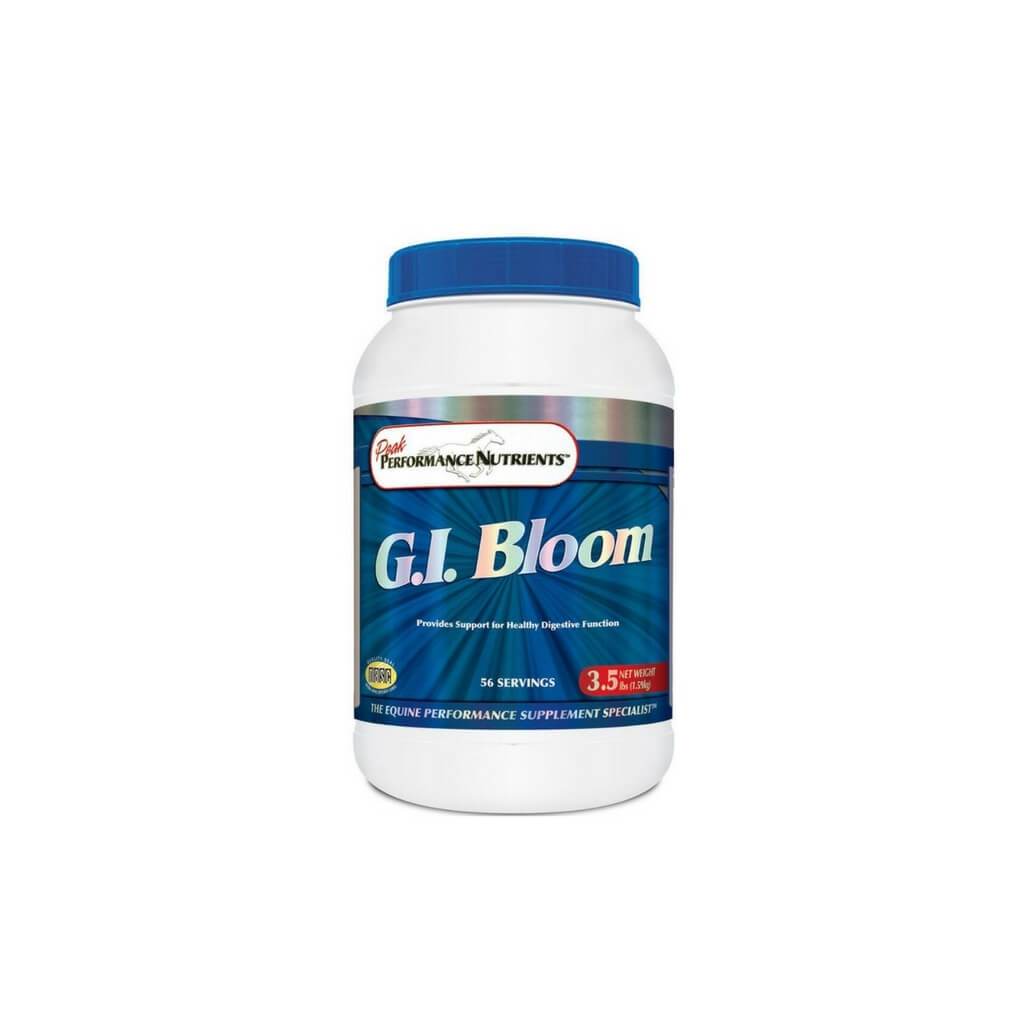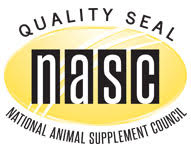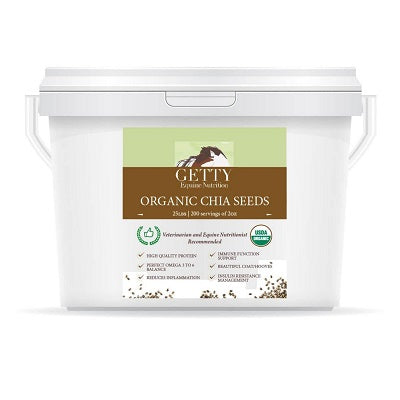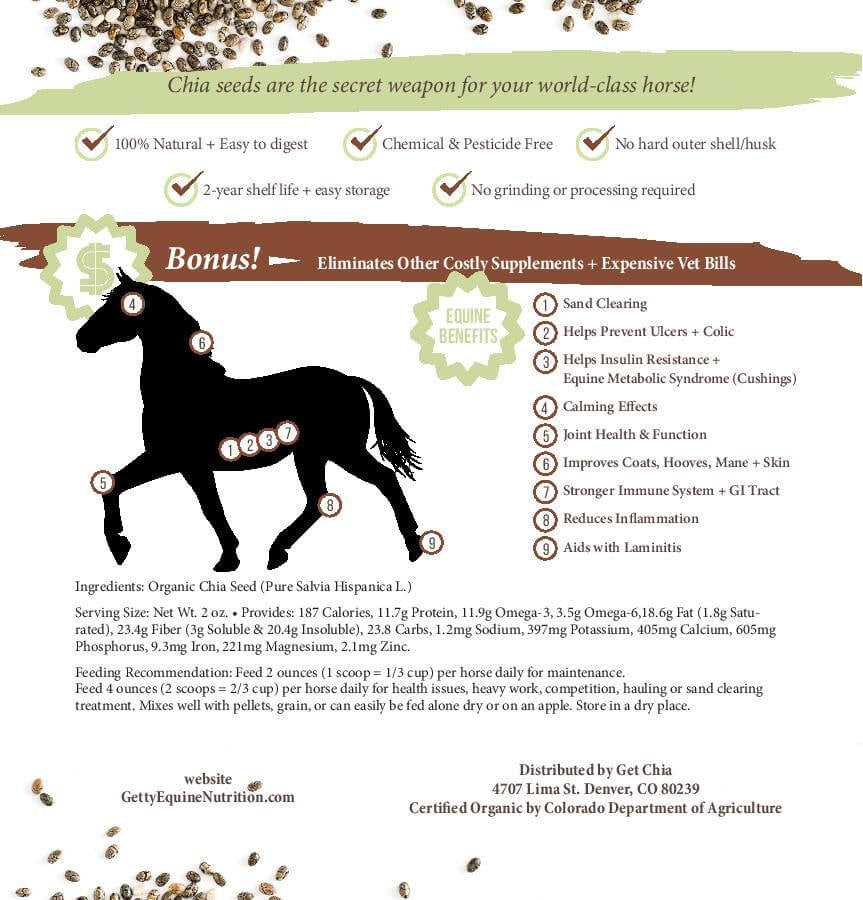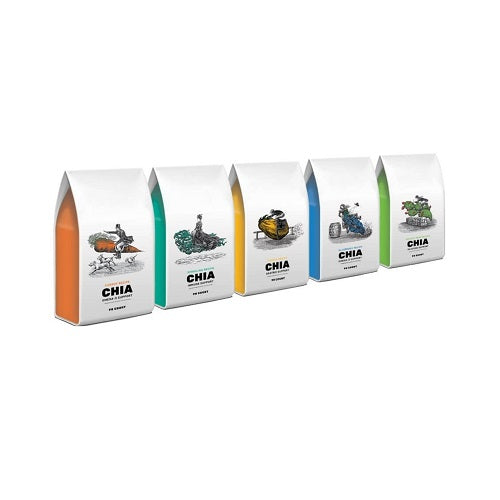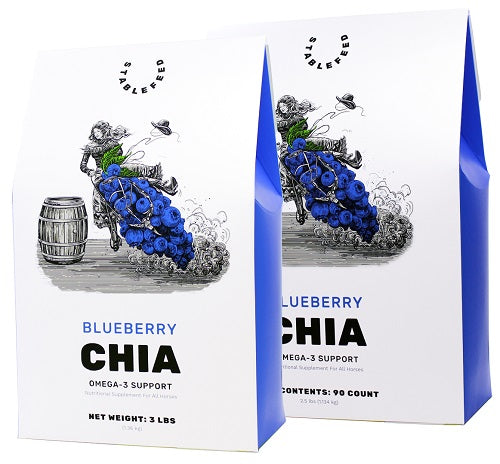Ulcers & Colic - Advice from Dr. Getty

Overview of Digestive Disturbances
The most important thing to understand about your horse's digestive health is that the equine digestive tract is different from ours, different from dogs and cats, and different from cows and other livestock. What makes it so unusual is the way the digestive system is divided into a foregut and hindgut. The foregut (stomach and small intestine) is where sugars, starches, proteins and fats are broken down (digested) into smaller components to be absorbed into the bloodstream. The hind gut (cecum, large colon, and small colon) is home to billions of microbes that are capable of digesting fiber and certain carbohydrates (such as fructans) to provide calories, as well as promote immune system functioning.
There are two very important distinctions that horses have:
- The horse's stomach produces acid continuously throughout the day and night. Unlike our stomach, which produces acid only when we eat, the horse's stomach relies on a steady flow of forage so the acid has something to act upon. Left empty, the stomach fills with acid, leading to ulcer development, especially in the upper portion which is not protected by a mucus layer.
- The cecum is a large fermentation vat where digestive enzymes produced by bacteria break down fibers into usable molecules. Since its entrance and its exit are both at the top, digested material cannot adequately exit unless the organ is full. It a steady supply of forage is not supplied, heavy substances will remain in the cecum (such as sand, dirt, and coarse material), potentially leading to impaction colic.
Colic and ulcers are preventable when the horse is fed in sync with the way he is designed. And that is where the focal point lies - respecting and honoring the way our horses are meant to be fed -- allowing them to be a horse.
Articles and Resources by Dr. Juliet Getty
1. The Resource Library on Digestive Health offers a wealth of information on specific aspects of keeping your horse's digestive system in peak condition.
2. Read "Equine Digestion - It's Decidedly Different," one of seven titles in Dr. Getty's Spotlight on Equine Nutrition Series.
3. Listen to the Recorded Seminar, "Understanding and Avoiding Colic."
Your Goals Should be the Following:
- Provide forage, whether it be hay or pasture or a combination of both, free-choice. That means that forage should always be available, 24/7, all day and all night. If there is some left over in the morning, you know that your horse did not run out during the night. If not, you have no idea how many hours your horse stood there uncomfortable, stressed, and likely in pain from ulcers. For more information, please see the Resource Library on Free-Choice Forage Feeding Concepts.
-
If your horse is overweight, have your hay tested to make sure it is appropriately low in sugar and starch. And then feed it free choice, while removing other sources of calories. You can cut back or even eliminate concentrated feeds, but never on forage. If you do, your horse will lose muscle, and become more metabolically challenged. For more information on this topic, please visit the Resource Library on Overweight Horses.
- Though not ideal, if you are unable to feed free-choice forage, you can consider allowing your horse to go without for only 2 hours. It takes 2 hours for the stomach to empty. This will not alleviate the hormonal response that occurs when the horse feels he needs to go into survival mode, but it will help reduce hay intake (and hence, calories) to some extent. Of course, hay should be available at night, unless you want to get up in the middle of the night to replenish it.
- Prevent colic. The best way to do this is to keep your horse moving. Standing in a stall for hours slows down the digestive tract. This, along with a steady flow of forage, will keep the muscles of the digestive tract in good physical shape, preventing torsions, impactions, and intussusceptions.
- Consider using a slow feeder. This is especially useful if your horse is also overweight and leptin resistant. This will also for a more steady flow of forage at a slower pace, lessening the chance of impactions.
- Offer probiotics for horses who only get hay. Horses naturally pick up microbes from the ground during pasture grazing.
- Prebiotics are also important for any horse with a compromised immune function. Probiotics are necessary whenever a horse is also on antibiotics.
- Prevent leaky gut by keeping the diet clean, avoiding herbicides and pesticides that are normally found in soy, beet pulp, rice, and corn products, unless organic, or at the very least, non-GMO.
- Reduce stress. Horses that are used to being allowed to pasture graze will develop ulcers within a week of being placed in a stall.
- Avoid daily use of antacids and omeprazole. These either neutralize or prevent the formation of stomach acid. Stomach acid is not a nuisance; it is necessary for protein digestion and also acts as a first line of defense against dangerous microorganisms picked up off the ground.
- Remember that older horses do not digest their food as well. This could be from tooth issues, reduced saliva production, or from not enough digestive enzymes. Wet food is helpful, as well as certain supplementation for digestive support.
Hindgut ulcers are more difficult to diagnose and to treat
The healing approach is often the use of Sucralfate. This can be used short term, but keep in mind that it diminishes the absorption of all the expensive and useful supplements you are feeding. So, only use it for the least amount of time necessary.
In addition, follow these guidelines:
- The diet needs to be soft. Pasture grasses are ideal because they are mostly water. Hay, however, is coarse and irritating, making it difficult for the sores to heal.
- If you do not have access to pasture 24/7, feed a chopped hay that is soft. Regular hay can be offered in a slow feeder but only to supplement the chopped hay.
- Forage needs to be available 24/7 and this is difficult to do when you are not feeding much hay. Soaked hay cubes, beet pulp, alfalfa haylage (such as Chaffhaye), moistened hay pellets, and chopped hays should be available 'round the clock.
- Feed the supplements below for ulcers.
How to choose an appropriate supplement
If your horse has an ulcer, consider the following supplements:
- Colostrum. This is the first thing you should reach for if your horse has an ulcer. Colostrum cures the leaky gut that arises when the mucosal lining of the digestive tract is damaged. Leaky gut syndrome makes the lining more permeable, allowing toxins to enter the blood stream, leading to oxidative stress and inflammation throughout the body.
- ForeDigest. This is an excellent pre/probiotic that is colostrum based. It provides state-of-the art support for healing.
- AllStar. This is an all-in-one supplement that is colostrum-based, and contains ForeDigest, as well as support for the joints and respiratory system.
- GastroPlex. One of the best herbal products available to help soothe and heal the stomach and intestinal lining. Add this one to colostrum or a colostrum-based supplement.
- Starting Gate. This contains the phospholipid called "lecithin," along with apple pectin. The two ingredients combined will allow the lipid bilayer that exists in the tissue lining the gastrointestinal tract to become stronger and heal. Use this, combined with colostrum (or colostrum-based supplement) and Gastroplex for an excellent treatment combination.
- Microbiome Support. This is butyric acid which has been shown to help people with colitis and irritable bowel syndrome, as well as ulcers. This would be the next line of defense if your horse needs further support.
- Wild Fed Stomach Soother. If your horse has just moved to a new location, or is traveling a great deal, competing, or overall in a stress situation, this is a good first choice to help repair damaged tissues and prevent future episodes.
If you are not sure whether or not your horse has an ulcer, you can use one of the following preparations for about one to two week's time.
These are antacids and will make your horse feel more comfortable. So, if you notice an improvement in his/her behavior after using one of these, you can assume that an ulcer has been causing the problem. But they are not to be used long term, only for a short while to help get your horse over the worst of it.
If they do not have an impact, then an ulcer is not the issue.
Consider this antacid preparation:
- TractGard. If you prefer a pellet that just offers antacid capability, go with this one. It is a mixture of salts and electrolytes, designed to pull water into the GI tract and to buffer excess acids.
Ulcers can lead to colic
The best way to prevent colic is to prevent ulcers. But other times, colic can be caused by eating too quickly (generally a result of forage restriction), or a compromised microbiome. It can also be due to ingestion of sand and overtime. But in most cases of colic, we see a weakened hindgut musculature and the tendency for excessive gas and impactions.
If your horse is prone toward colic and you have implemented all the steps to allow for proper feeding, you may wish to add one of the soluble fiber products below, or one of the specialized pro/prebiotic formulations:
- Soluble fibers help fill up the cecum (hindgut) to prevent impactions
- Organic Chia Seeds. Chia seeds contain a lot of pectin, a water soluble fiber than forms a gel inside the cecum. For this reason, they are beneficial in helping prevent sand colic. Chia seeds are also high in protein and omega 3 fatty acids, making them an excellent addition to the diet. Since omega 3s must be in the diet, chia seeds are one way to provide them.
- Stable Feed Organic Chia Biscuits and Loose Form (formerly Chock Full'a Chia Biscuits). Use these when you want the convenience of offering chia as a treat. These tasty, organic biscuits come in a variety of very palatable flavors, and several have specialized ingredients to assist with immune function and insulin resistance. The Papaya Panacea version provides digestive health.
- Psyllium - Pellets or Powder. Psyllium, like chia, is high in water soluble pectin and mucilages that help fill up the cecum to allow for more easy evacuation of accumulated sand. These can be given one week out of the month.
- Specialized pro or prebiotics
- EquiOtic. This provides Lactobacillus reuteri in a convenient sachet or paste syringes to counteract the presence of harmful bacteria in the hindgut. This is particularly beneficial for the horse who is experiencing digestive distress.
- GI Bloom. Another source of Lactobacillius reuteri, along with active yeast to help prevent microbial damage from antibiotic use.


